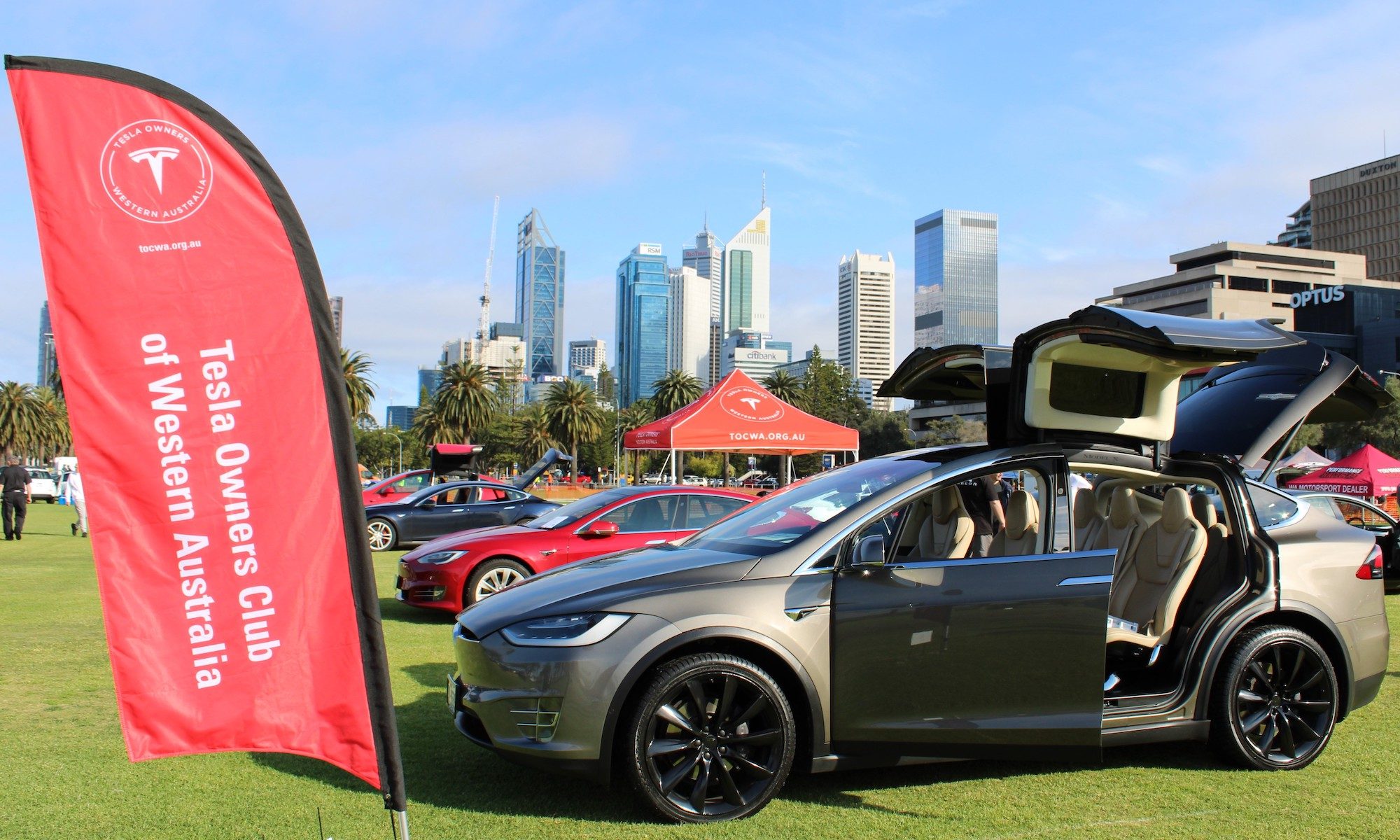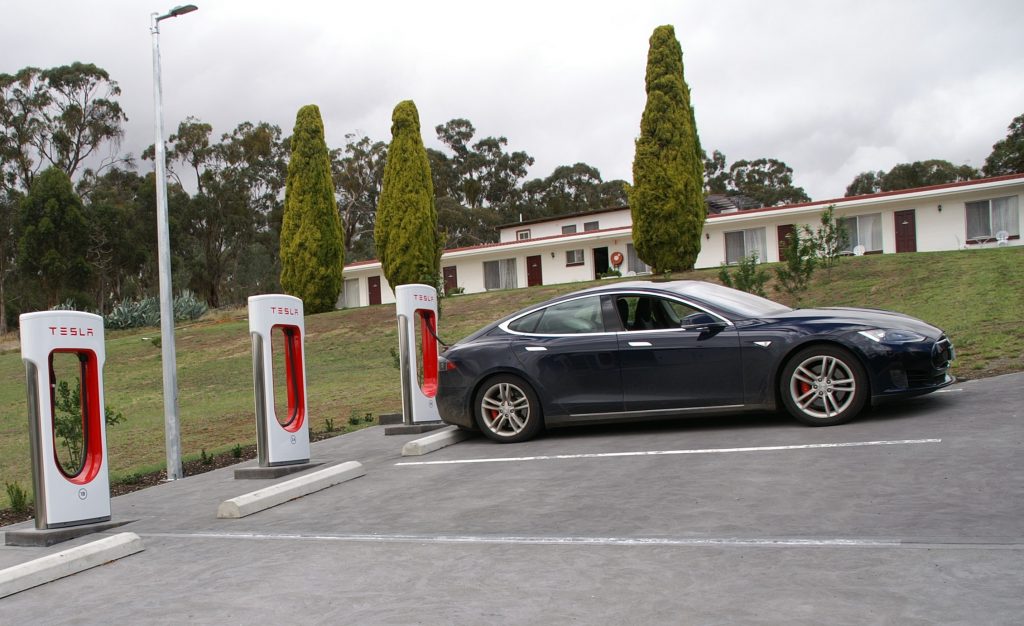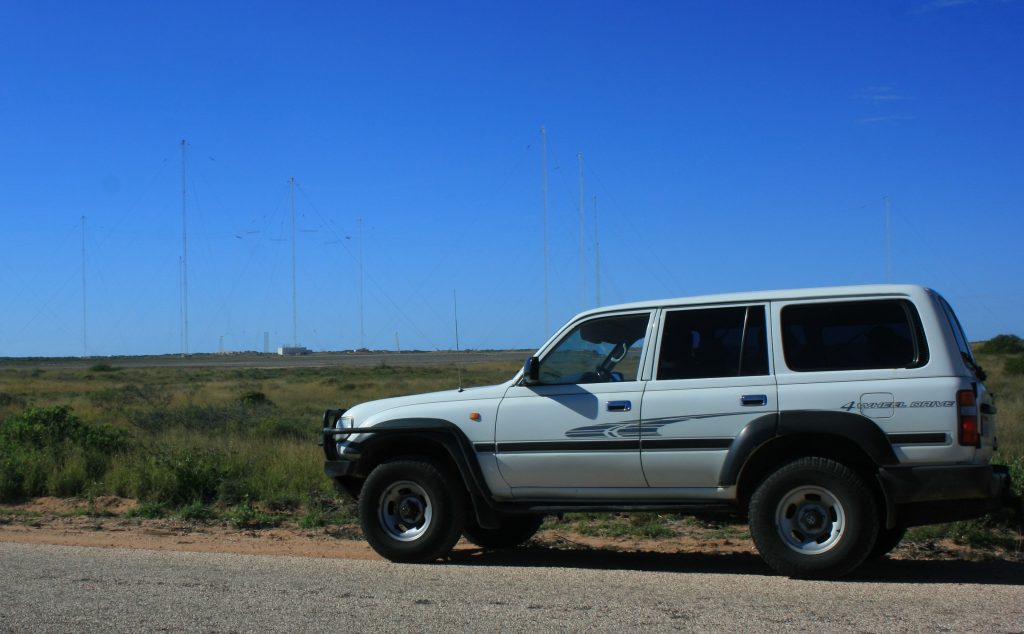The climate in the southern half of Western Australia is near perfect for a Tesla, warm and dry most of the time and winters where the temperature only drops below 5C for a few hours on the occasionally early morning, if you enjoy getting good Wh/km efficiency WA is the place to achieve it.
On the downside is the long hot summer of constant intense sunlight and high temperatures, this doesn’t generally harm the Wh/km figures recorded during longer drives but does put a serious dent in efficiency for those driving short (less than 15km) trips after being parked in an exposed area for even a short period during the day. Every time you drive off in a car with a hot interior the aircon is working hard to reduce the temperature, depending on conditions that could take anything from 10 to 30kms.
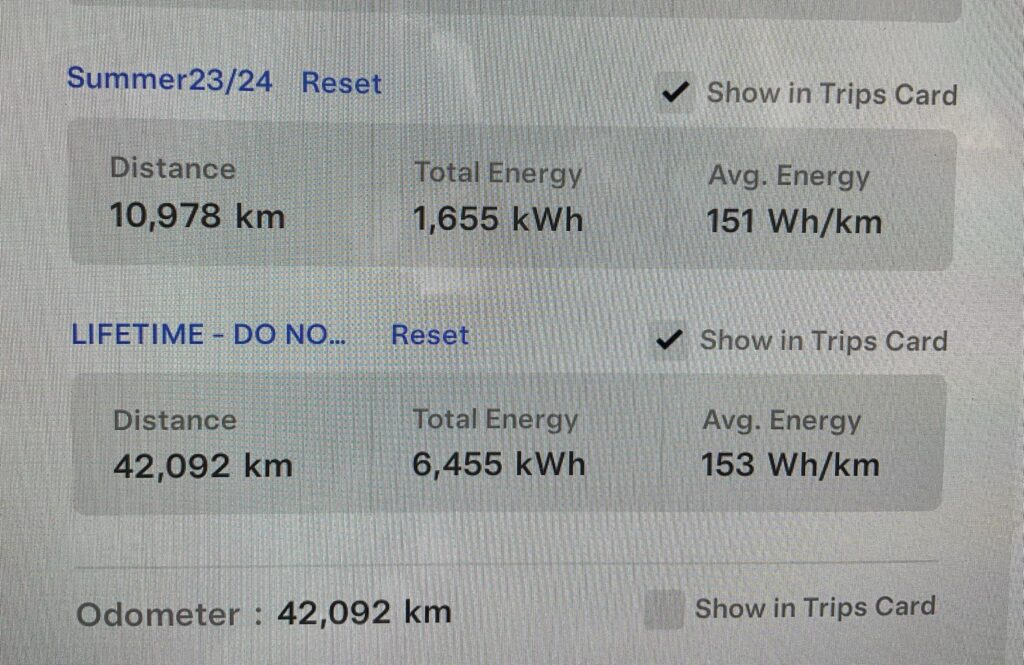
Teslas have an excellent feature known as cabin overheat protection, even on a 30C day this will consume up to 4% of the battery over 9 hours, personally I’ll happily accept a 4% loss each day over Summer but anyone who is not is free to turn cabin overheat protection off. Of course if car park designers who have a fetish for destroying trees allocated funds for solar panel canopies car parks wouldn’t be so hot.
So are all these hot Summer days killing your range?
Not really, it’s consuming far more energy between each charge but as this is caused by short drives and long parking sessions it’s not relevant unless you’re buying expensive electricity. Range is only a factor on very long drives away from reliable fast charging. When you go on a long drive the heat will have little effect on your Wh/km efficiency (it helps if you pre-cool the interior while plugged into shore power before departure).
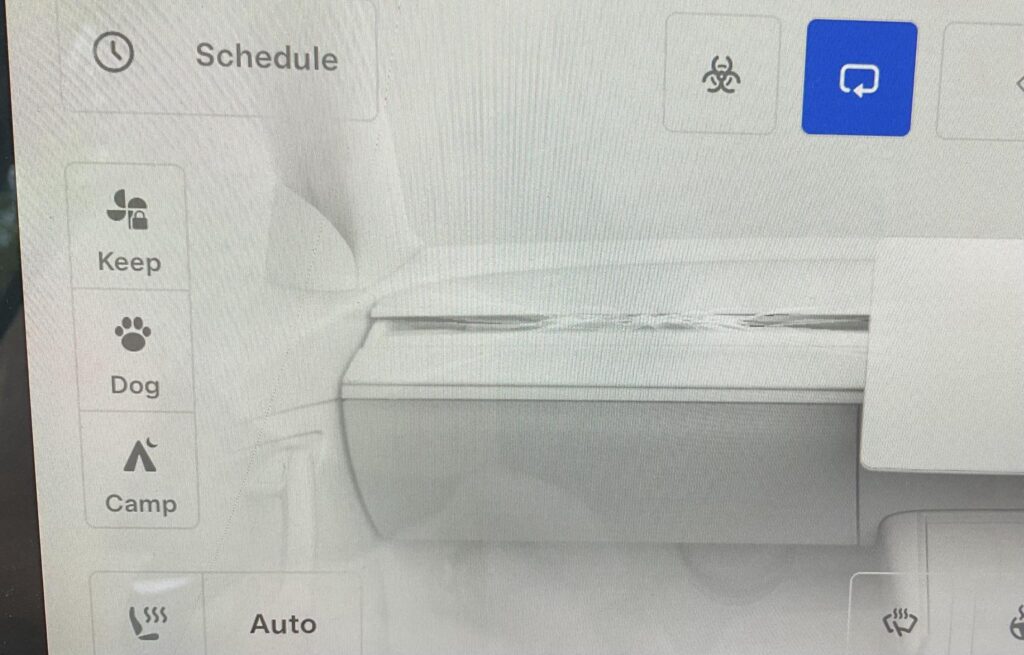
Hot tips for a cool interior
Try to park in the shade even if it’s a 200 metre walk to your destination.
Get interior shades up, especially over the black dashboard.
Pre-cool the interior using the phone app about 5 minutes before arriving at your car.
If only parking for 45 minutes or less put the car in “keep” mode, this leaves the air-conditioner on and does not use any more energy than letting the car heat up then cooling it down again.
